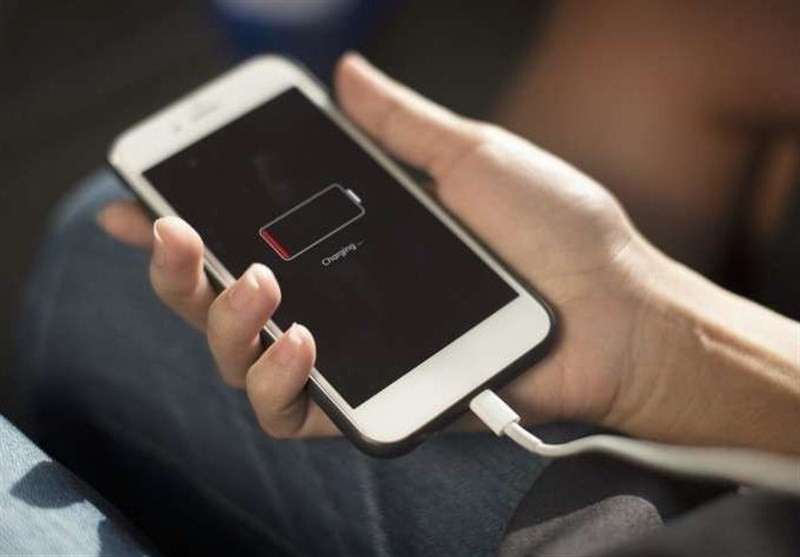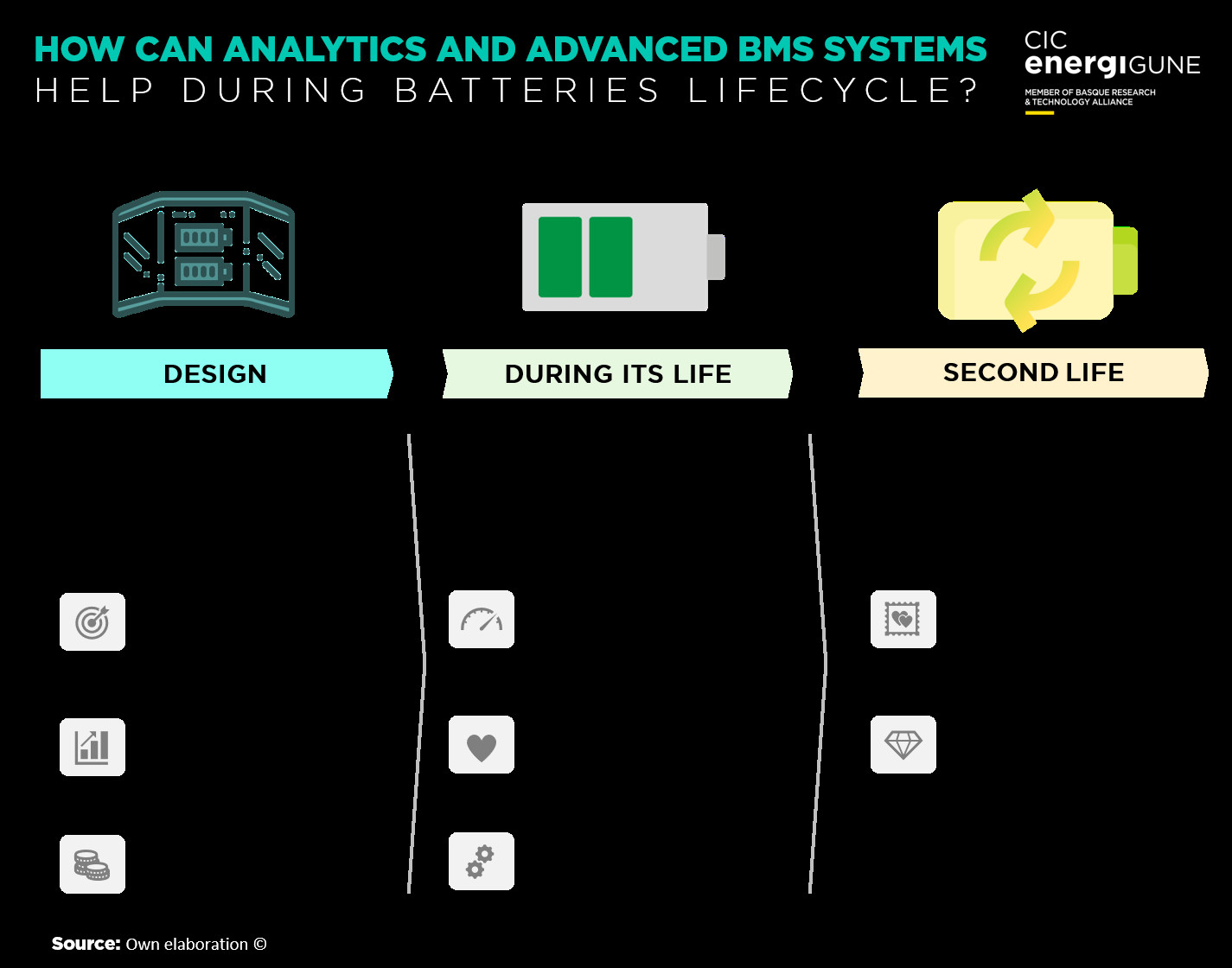Scientists have found a simple trick that could dramatically change how our batteries perform. This breakthrough discovery could revolutionize battery technology, impacting everything from smartphones to electric vehicles.
Researchers at the SLAC-Stanford Battery Center in Menlo Park, California, have found a surprising way to improve lithium-ion battery lifespan by 50%. This novel discovery shows that a lithium-ion battery’s first charge is “more momentous than it sounds.” The nature of the first charge determines a battery’s performance and lifespan (how many times it can be charged and discharged before it deteriorates).
Dying lithium-ion batteries are an all-too-familiar problem for everyone, as nearly all modern electronics rely on lithium-ion batteries, including smartphones, laptops, tablets, and cameras.
Researchers at SLAC-Stanford Battery Center report in a study published today in Joule that giving batteries their first charge “at unusually high currents increased their average lifespan by 50% while decreasing the initial charging time from 10 hours to just 20 minutes.”
“This is an excellent example of how SLAC is doing manufacturing science to make critical technologies for the energy transition more affordable,” Chueh says. “We’re solving a real challenge that industry is facing; critically, we partner with industry from the get-go.”
“This study is very exciting for us,” TRI senior researcher Steven Torrisi adds. “Battery manufacturing is extremely capital, energy and time intensive. It takes a long time to spin up manufacturing of a new battery, and it’s really difficult to optimize the manufacturing process because there are so many factors involved.”
Although the comprehensive details of the research are included in the complete study, newly published in Joule, the gist is that the positive electrode of a brand-new lithium-ion battery is 100% full of lithium. During the initial charge, which requires that lithium flow into the negative electrode, some of the lithium is deactivated and lost to use forever. This is true every time a lithium-ion battery goes through a charge-discharge cycle, and why the batteries deliver decreased performance over time. Minimizing these losses is a significant focus for battery manufacturers. However, improving battery manufacturing is so capital, energy, and time-intensive that it is exceptionally challenging for companies to optimize battery production.
Xiao Cui, the lead researcher in Chueh’s lab, says that, oddly enough, one way to minimize the lithium loss is to deliberately lose a large percentage of the initial lithium supply during the battery’s first charge during production.
The lost lithium becomes part of a “squishy layer” called the solid electrolyte interphase (SEI). This forms on the surface of the negative electrode during the initial charge. “The SEI then protects the negative electrode from side reactions that would accelerate the lithium loss and degrade the battery faster over time,” SLAC explains. “Getting the SEI just right is so important that the first charge is known as the formation charge.”
Formation is a vital step for battery manufacturing. Historically, this was performed using very low current over an extended period — 10 hours or so. The theory has long been that charging at low currents creates “the most robust SEI layer.”
However, not only is this formation process slow and costly, it seems it’s also not the best way to improve the longevity and performance of lithium-ion batteries.
“Experiments confirmed that charging at high currents has a huge impact, increasing the lifespan of the average test battery by 50%. It also deactivated a much higher percentage of lithium up front — about 30%, compared to 9% with previous methods — but that turned out to have a positive effect,” SLAC explains.
Implications for Electric Vehicles
The discovery of this simple trick to boost battery lifespan has significant implications for electric vehicles (EVs).
EVs rely heavily on lithium-ion batteries, which power their motors and provide the range for long-distance travel. By increasing the lifespan of these batteries, manufacturers can make EVs more affordable and accessible to a wider range of consumers.
This could also help address concerns about the environmental impact of EV batteries, as they would last longer and require less frequent replacements.
The Future of Battery Technology
The researchers at SLAC-Stanford Battery Center are confident that their findings will lead to significant advancements in battery technology.
They believe that their discovery could lead to the development of new batteries with even longer lifespans and faster charging times. These breakthroughs could also make batteries more efficient and environmentally friendly.
As battery technology continues to evolve, we can expect to see even more exciting discoveries in the years to come.
A New Era of Battery Performance
The scientific community is buzzing with excitement over this groundbreaking discovery.
Many believe that it could mark the beginning of a new era of battery performance, with significant benefits for consumers and the environment alike. This discovery could lead to a future where battery anxiety becomes a thing of the past and our devices remain powered for longer than ever before.
Image credits: SLAC. ‘Data-driven analysis of battery formation reveals the role of electrode utilization in extending cycle life,’ by Cui, Kang, Wang, Bazant, Sun, Chueh, et al.


















